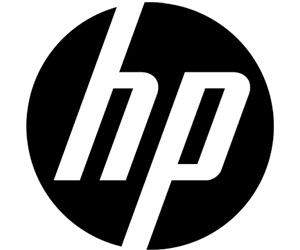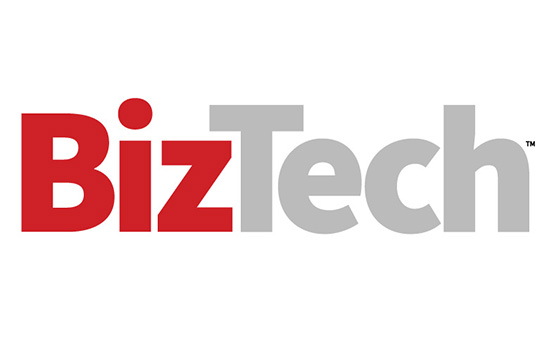In 2023, just 5.5% of global computer shipments were AI PCs. By 2028, that number is expected to reach 93%.
What’s making it possible? Democratization. With more affordable options and increasingly powerful PCs, leading tech companies are prioritizing accessible AI solutions. BizTech sat down with Jennifer Smerud, global account manager at AMD, to learn more about the company’s evolving AI strategy.
RELATED: How AMD x HP are creating high performance AI work experiences.
The Core Components of AI PCs
When it comes to AI PC adoption, Smerud says, business users frequently ask, “What is it, and what do I look for?”
“TOPS, trillion operations per second, is one important factor that people pay attention to,” says Smerud. “For example, Microsoft puts out a requirement that Copilot needs 40 TOPS. AMD and HP have products that go to 55 TOPS.”
While TOPS offers a useful snapshot of performance, that benchmark is ultimately shaped by the PC’s underlying architecture; specifically, the interplay between the central, graphics and neural processing units.
“It’s like having three brains,” says Smerud. “The CPU, the GPU and the NPU each has its own utilization. For example, any type of videoconferencing offloaded to the NPU helps free up battery power.”
However, NPUs are specifically designed for AI workloads, handling tasks such as meeting transcriptions, noise filtering and data analysis with greater speed.
Click the banner below to learn why AI PCs put the end user first.
AI PCs Can Streamline Everyday Tasks
For end users, the AI PC represents a chance to automate tedious processes and accomplish daily tasks much faster. “It’s about being able to quickly schedule a meeting or create a proposal,” Smerud says. “NPUs also excel at other applications, such as graphics and video creation, and can scale up to handle more AI workloads as they become available.
For example, if I’m hosting a meeting, I can just hit the Copilot button, and the application will handle the transcript and create action items.”
Smerud says her AI-enabled device frees up about an hour a day. Multiply this by hundreds or thousands of employees, and companies can see significant gains from an AI-first approach.
Accessible AI Is Powering the Next Wave of Digital Democratization
HP and AMD are leading the way in digital democratization with a range of AI-enabled PCs that help enhance productivity, improve battery life and provide day-to-day benefits for end users.
And as AI rapidly shifts from proprietary models to wider availability, chip and device manufacturers have accelerated production cycles. “At AMD, we’re already on our third generation of NPU-enabled PCs,” says Smerud. “A few years ago, we were at 10 TOPS, then 16. Now it’s over 50.” She notes that AMD has moved to chip-on-chip architecture to keep pace with evolving TOPS demands.
Bringing AI to the device removes the need for cloud access, Smerud says. Users can now take advantage of AI features without relying on the internet.
Users are now constantly seeing new applications coming to market, she says, and this innovation is “not going to stop.”
This article is sponsored by:














